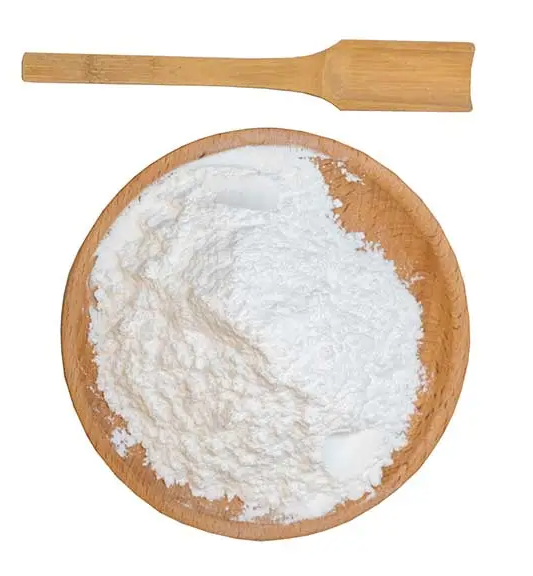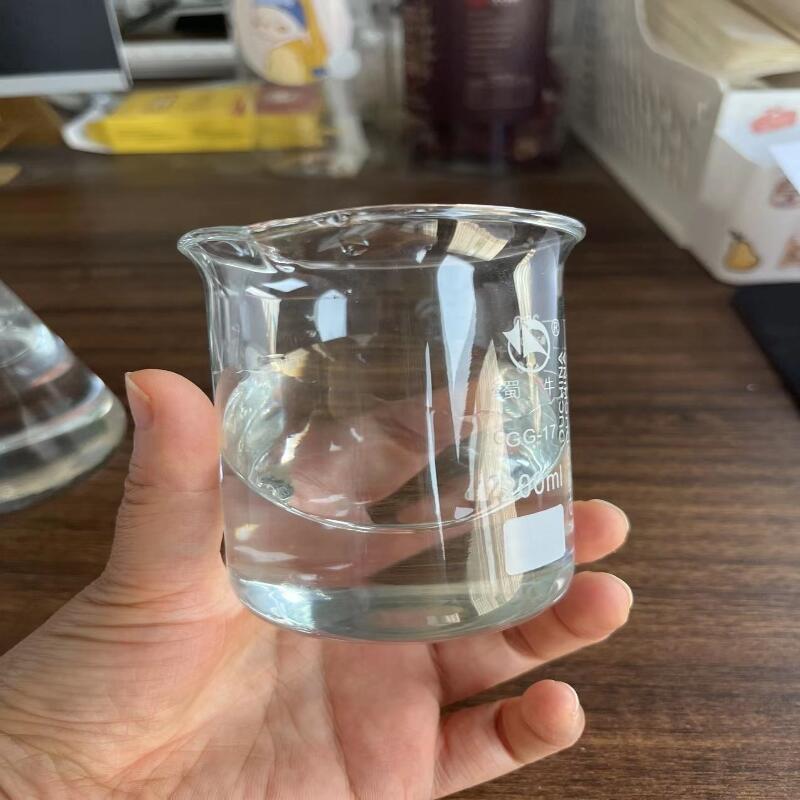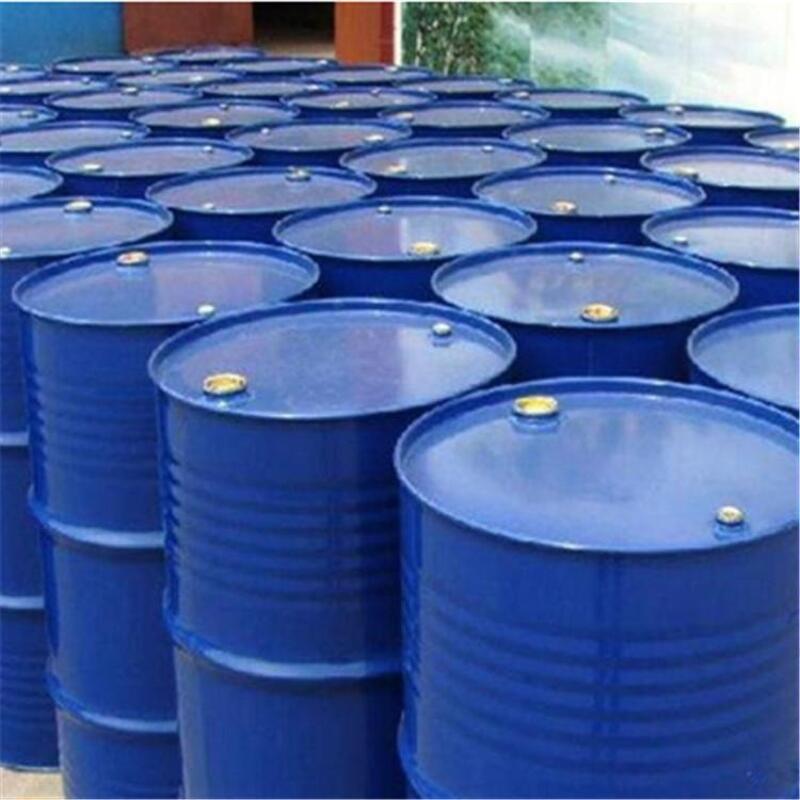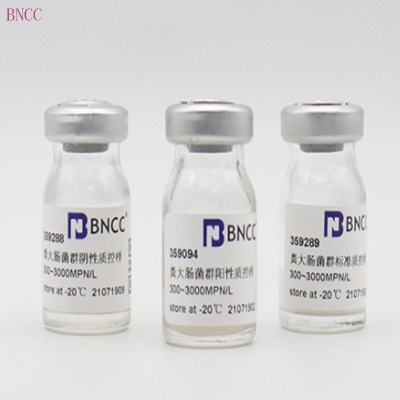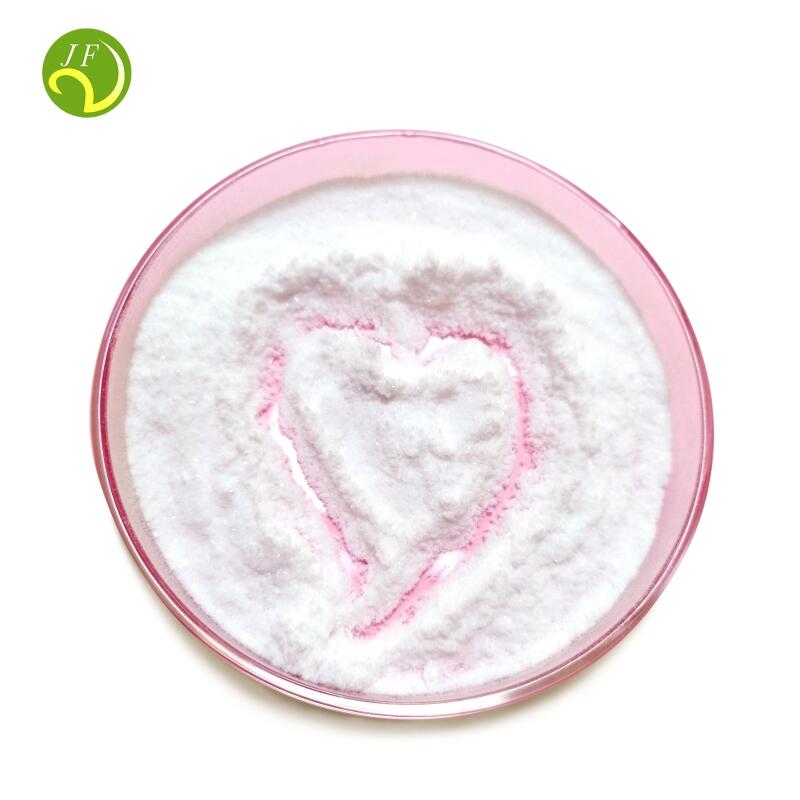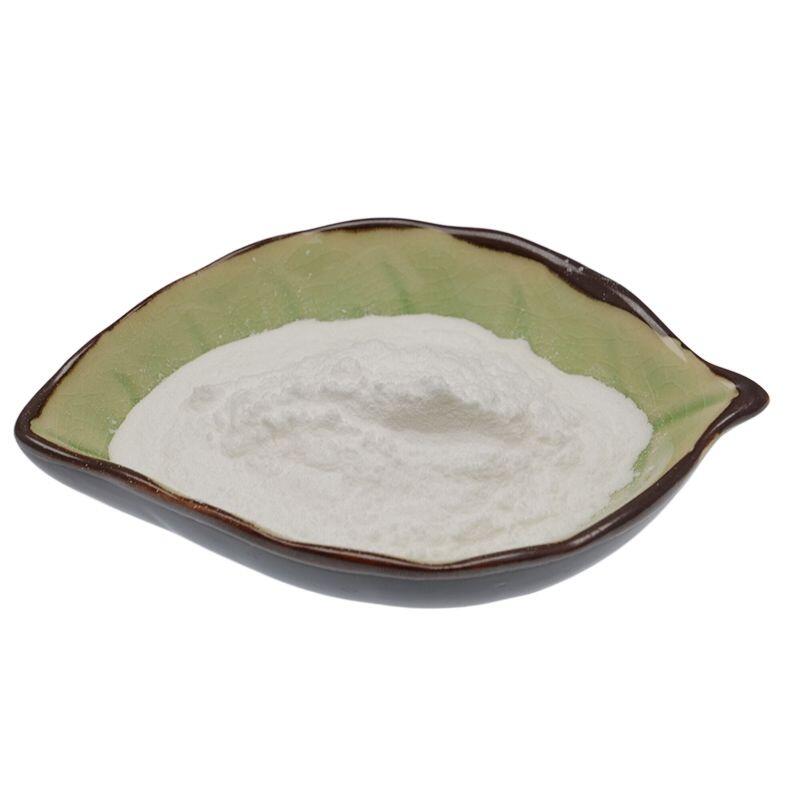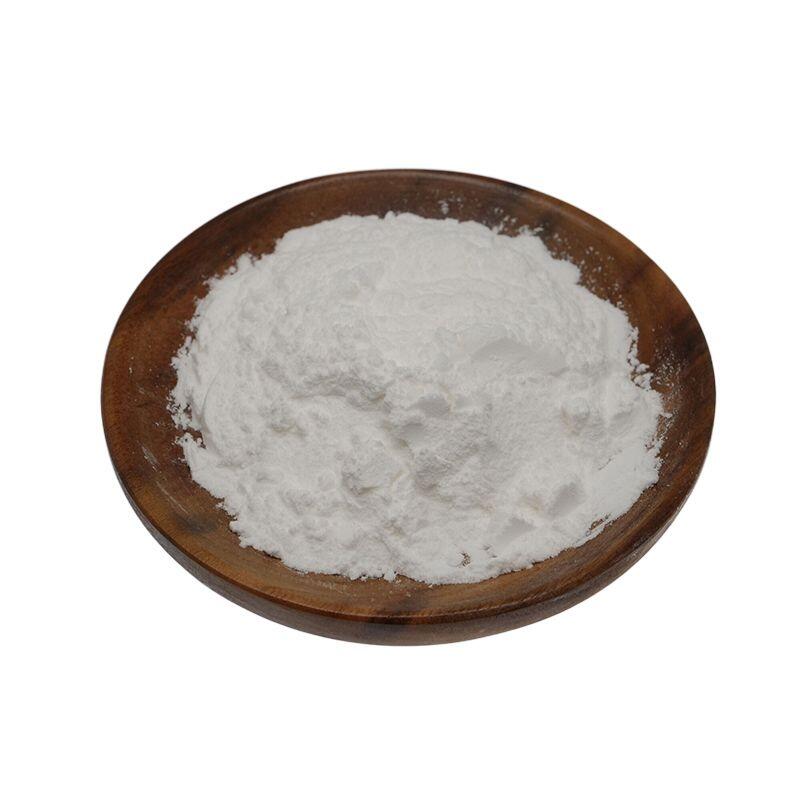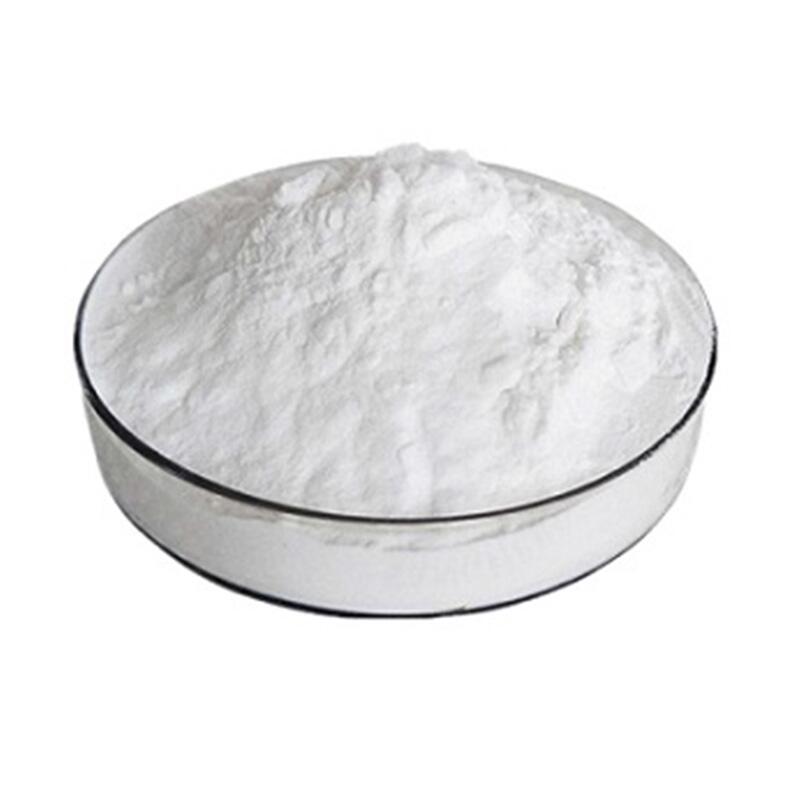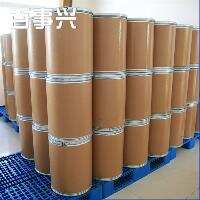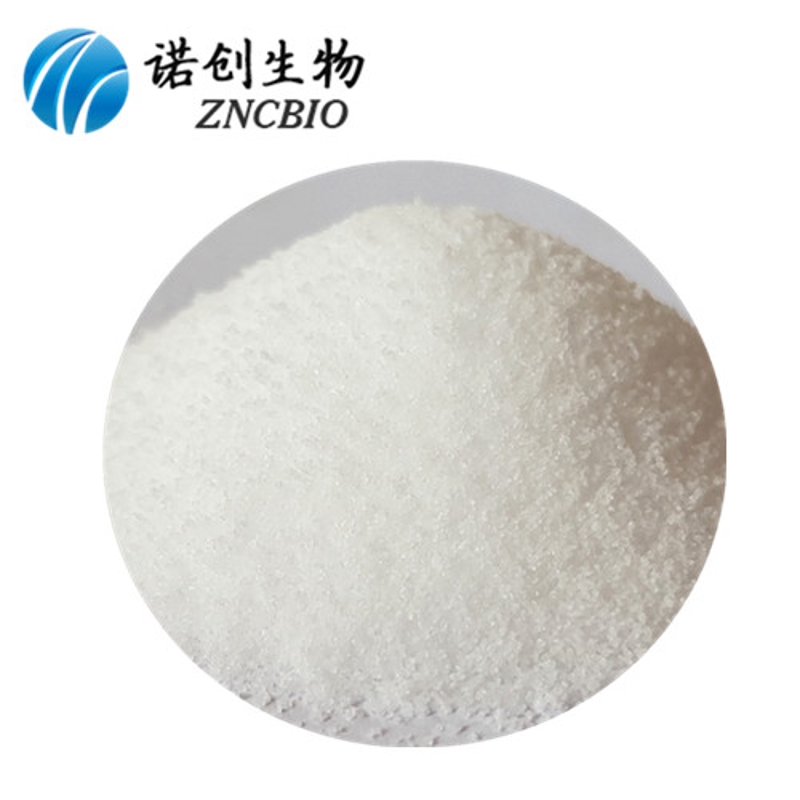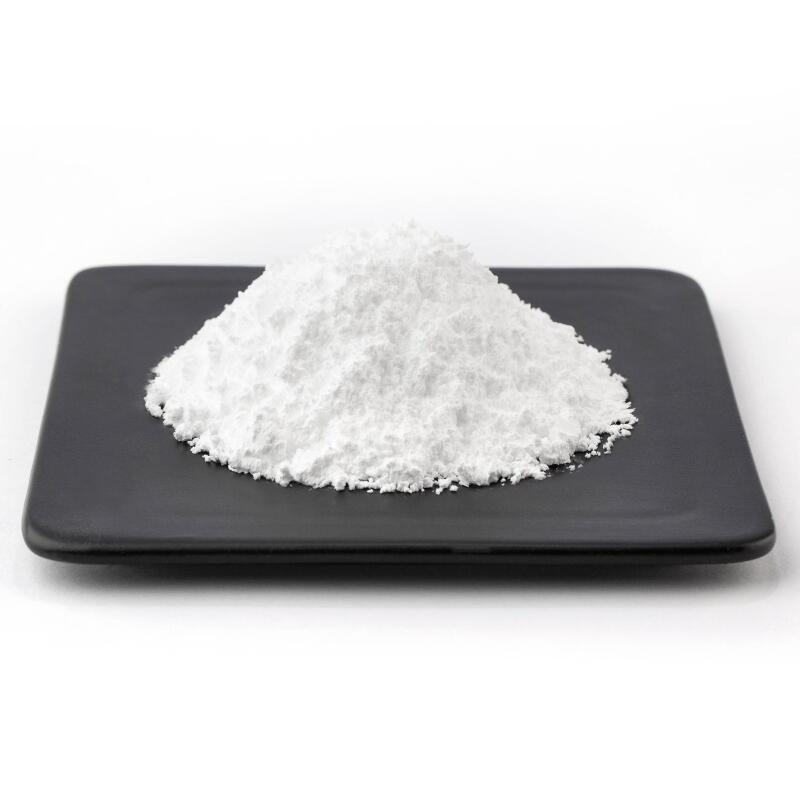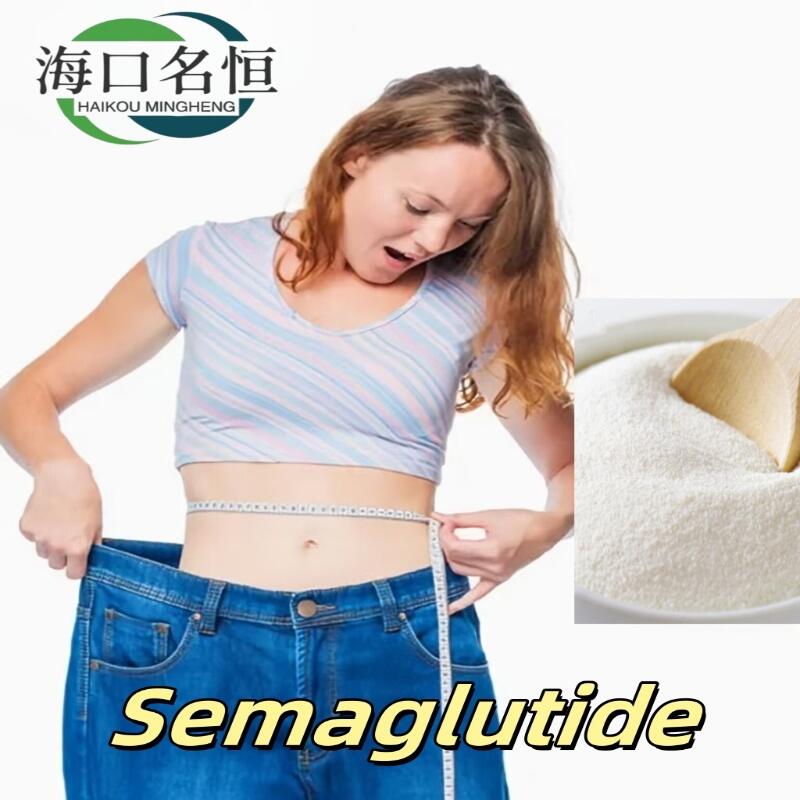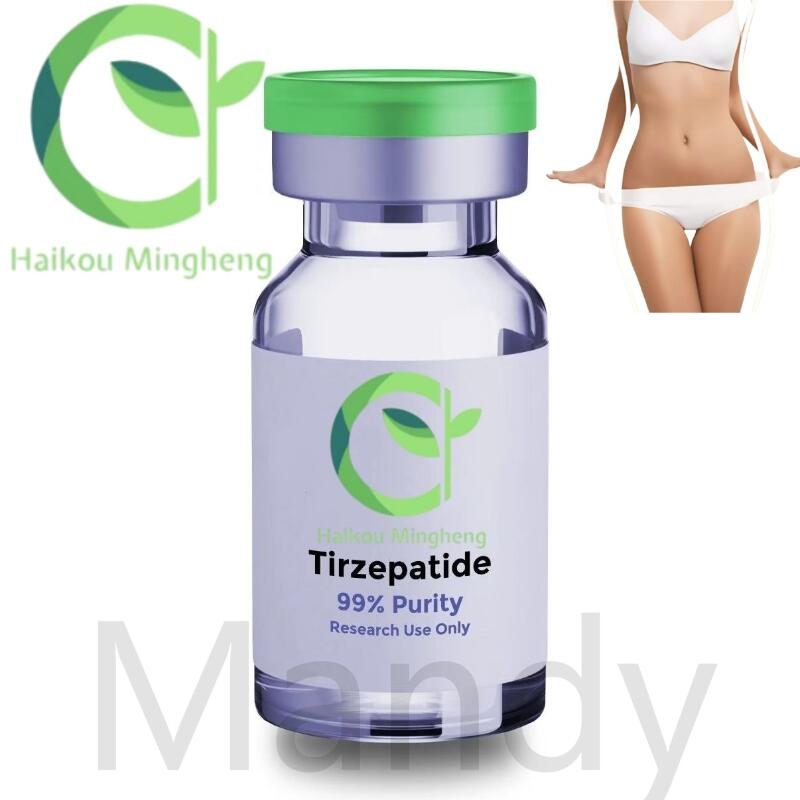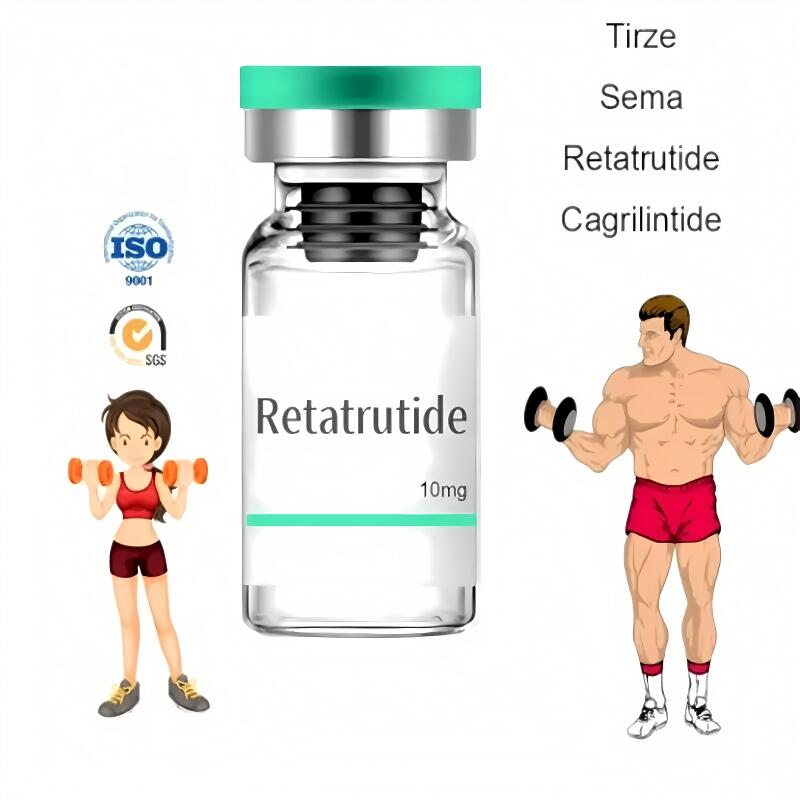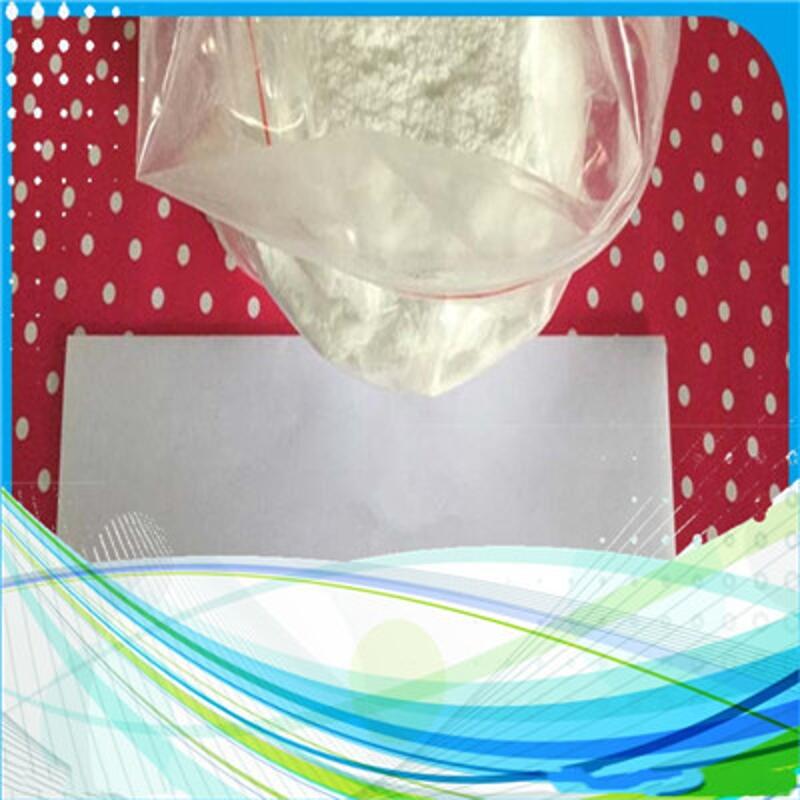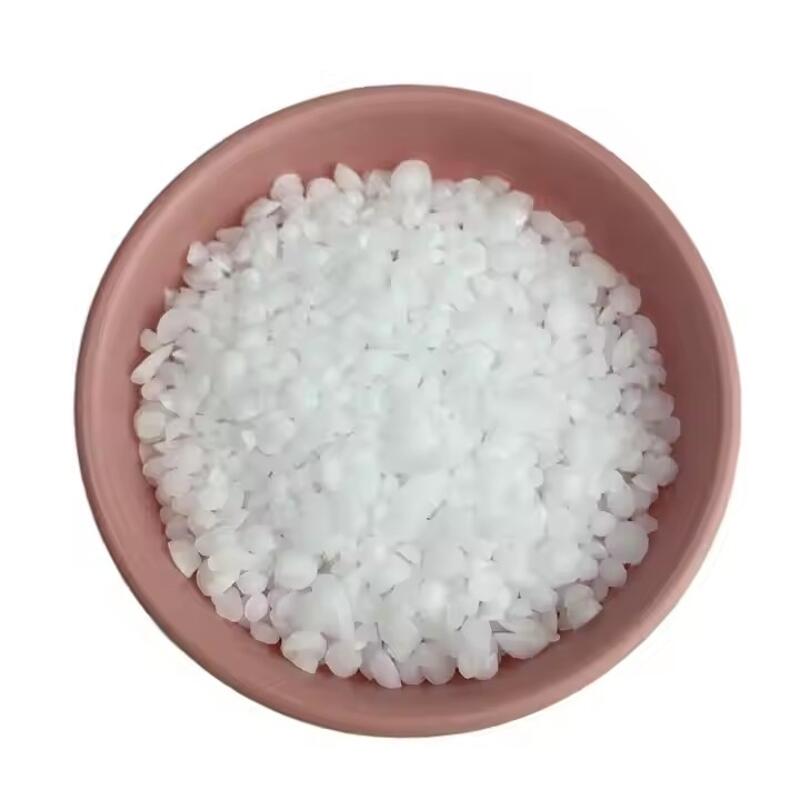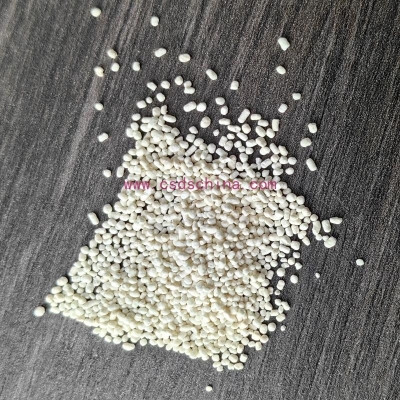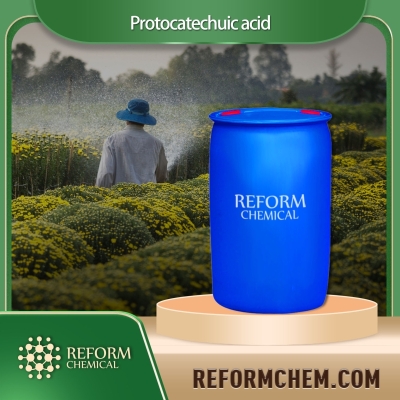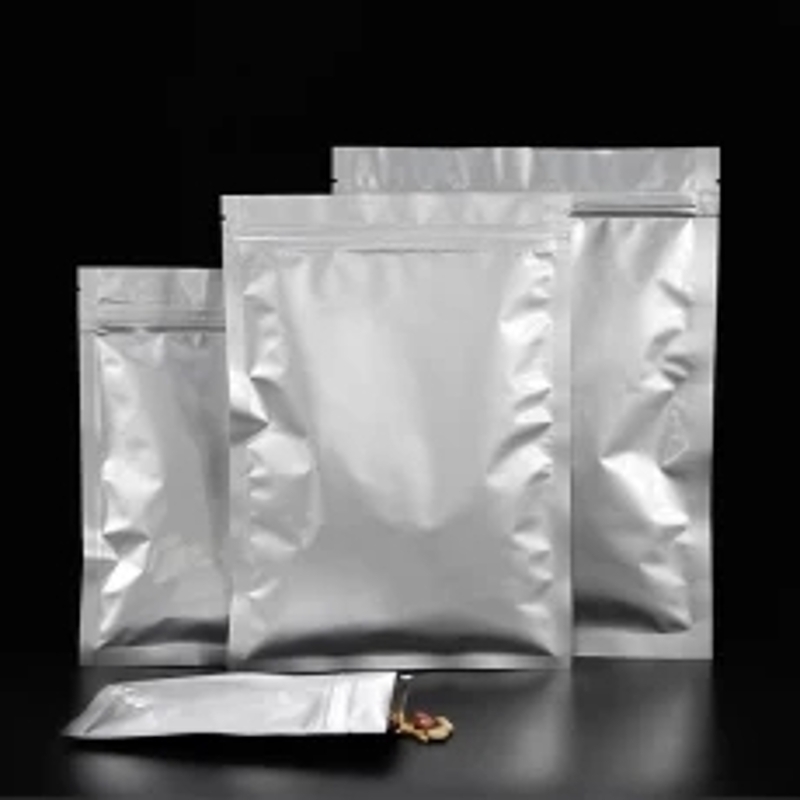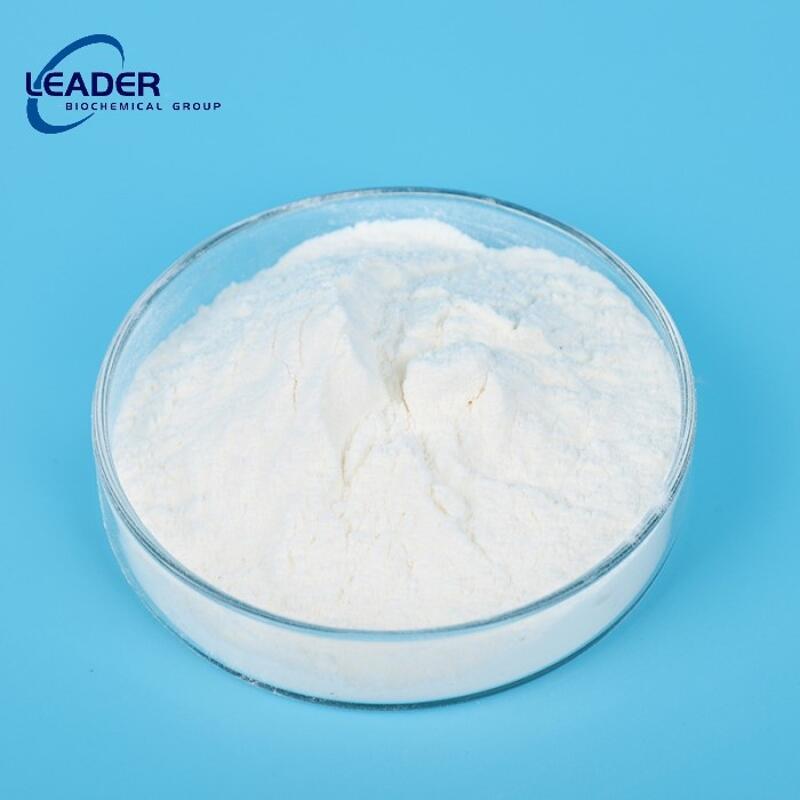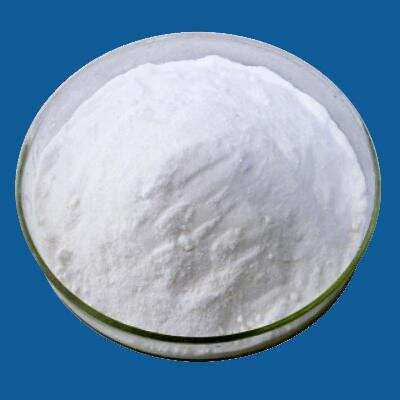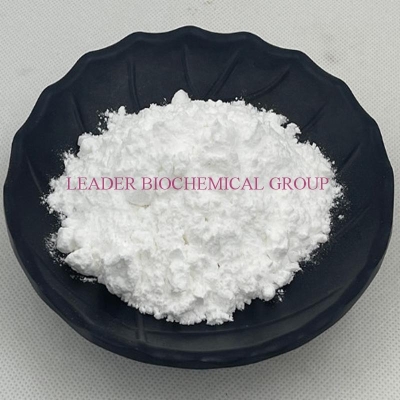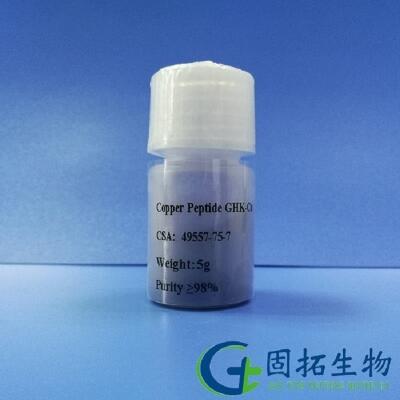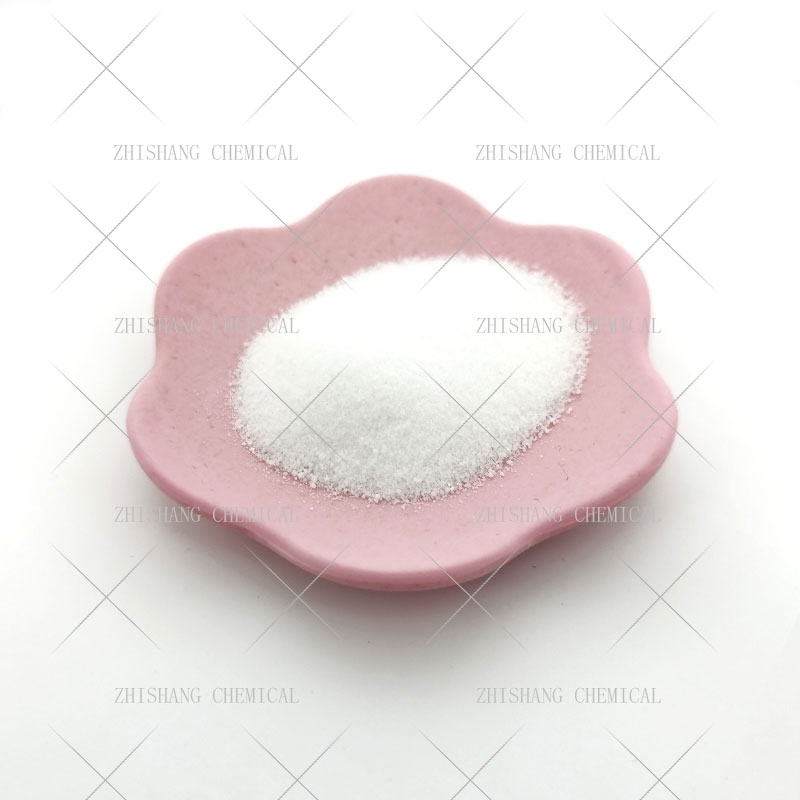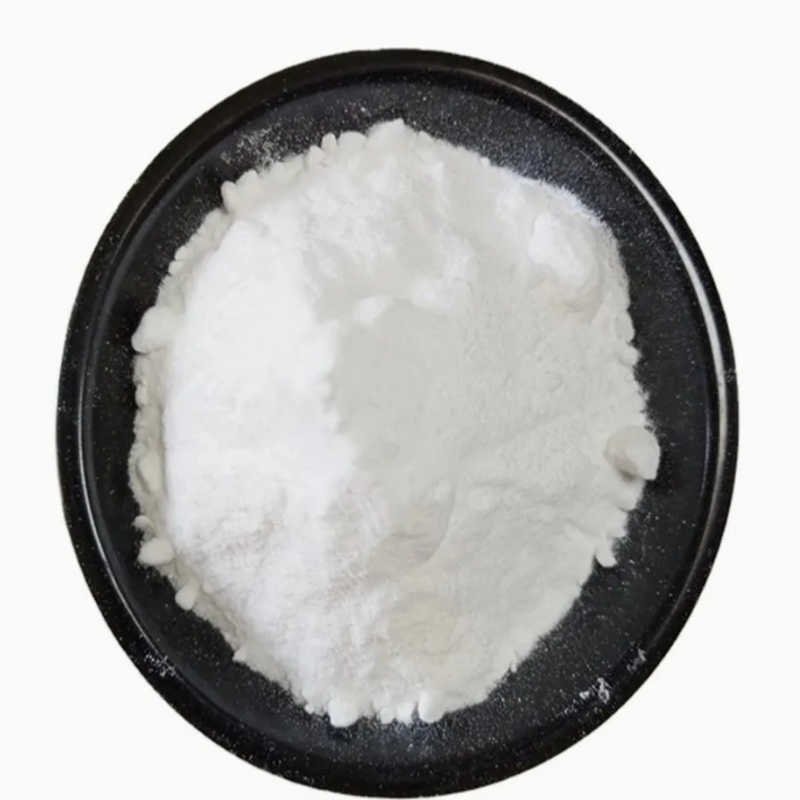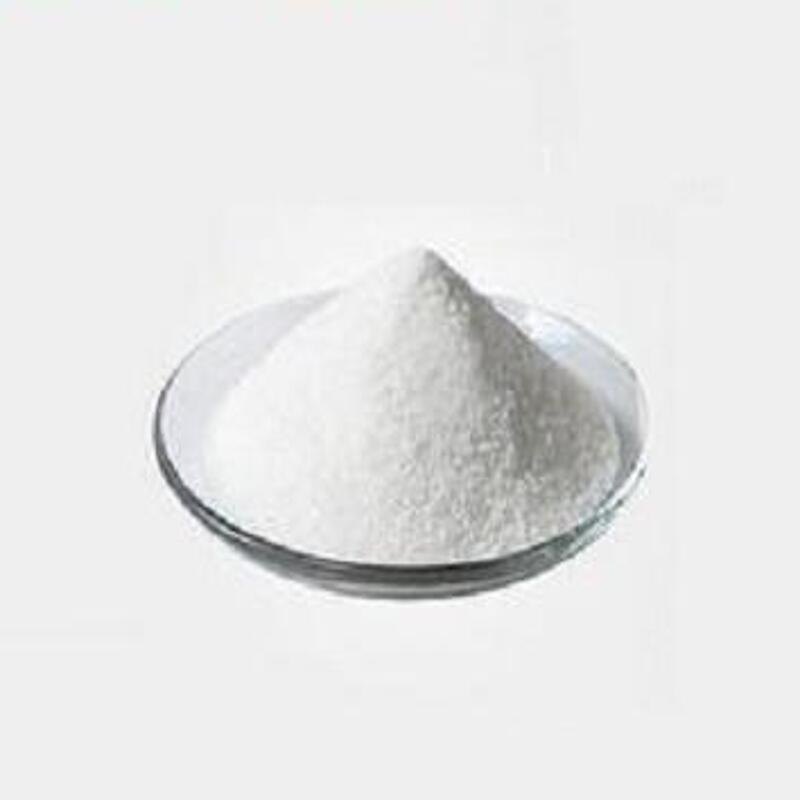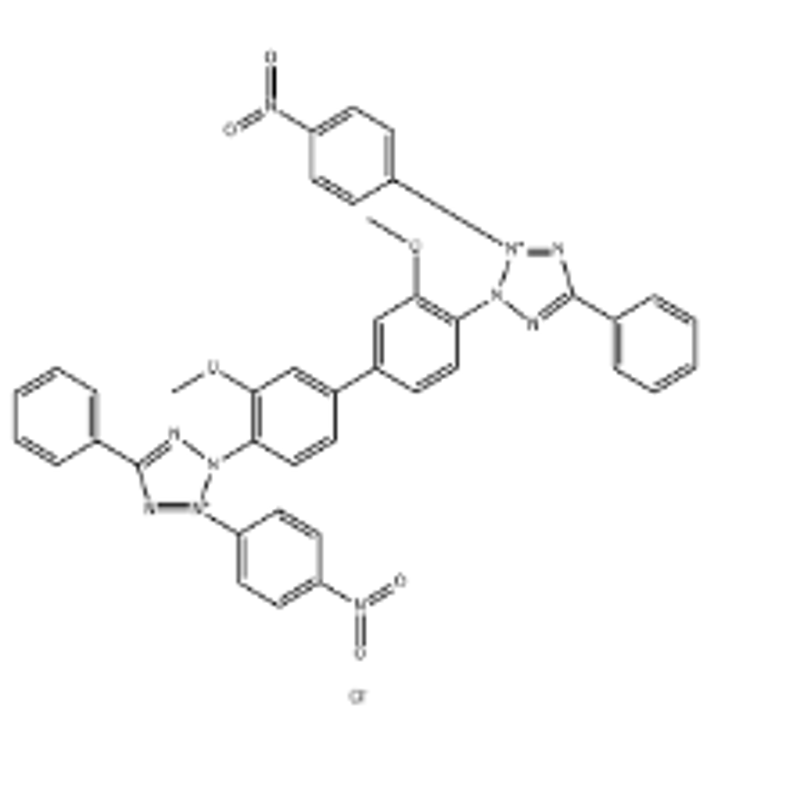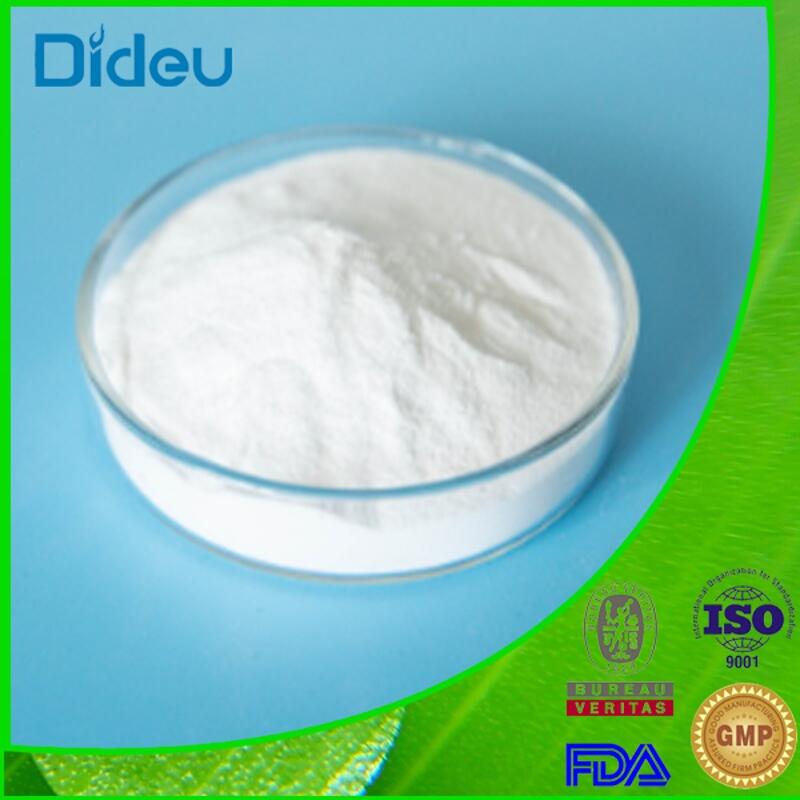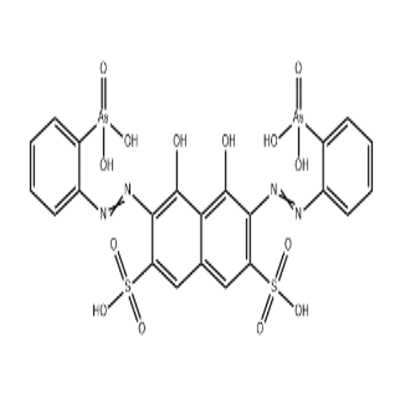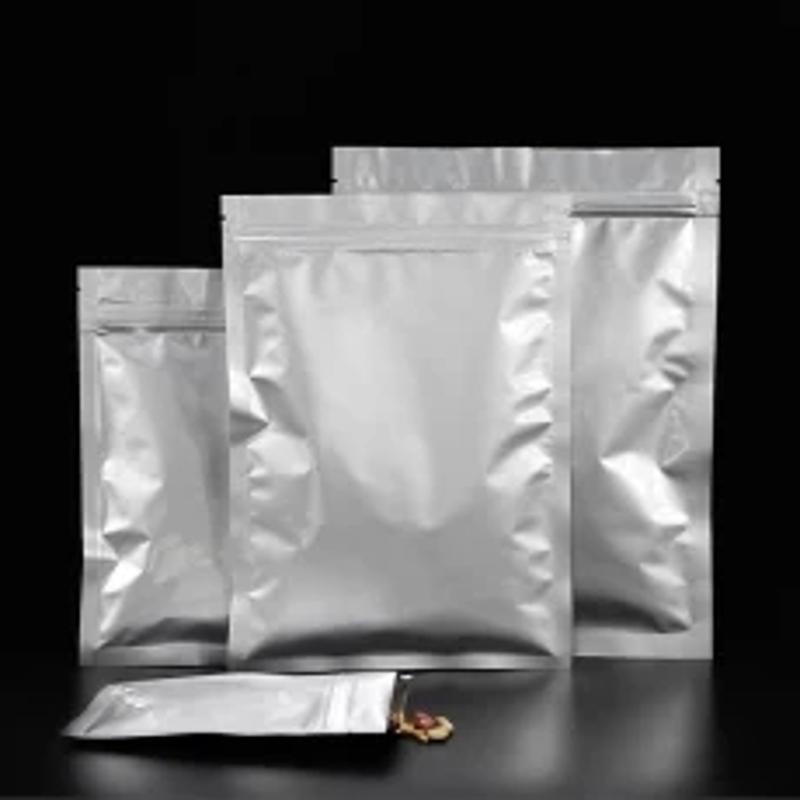-
The Safety of 1H-1,2,3-Triazole
Time of Update: 2023-04-29
Therefore, it is important for workers handling 1H-1,2,3-Triazole to be aware of their sensitivity to the compound and to take appropriate precautions to avoid exposure.
Therefore, it is important for workers handling 1H-1,2,3-Triazole to be aware of their sensitivity to the compound and to take appropriate precautions to avoid exposure.
-
The Upstream and Downstream products of 1H-1,2,3-Triazole
Time of Update: 2023-04-29
The most common downstream products of 1,2,3-Triazole include agrochemicals, pharmaceuticals, and dyes.
The most common downstream products of 1,2,3-Triazole include agrochemicals, pharmaceuticals, and dyes.
The most common downstream products of 1,2,3-Triazole include agrochemicals, pharmaceuticals, and dyes.
-
The Instruction of 1H-1,2,3-Triazole
Time of Update: 2023-04-29
It is important to refer to the specific instructions provided by the manufacturer for detailed information on the safe handling, storage, usage, and disposal of this compound.
-
The Production Process of 1H-1,2,3-Triazole
Time of Update: 2023-04-29
In conclusion, the production process of 1H-1,2,3-Triazole involves several steps, including the preparation of benzotriazole, paper chromatography, hydrogenation, recrystallization, and characterization.
In conclusion, the production process of 1H-1,2,3-Triazole involves several steps, including the preparation of benzotriazole, paper chromatography, hydrogenation, recrystallization, and characterization.
-
The Synthetic Routes of 1H-1,2,3-Triazole
Time of Update: 2023-04-29
The direct synthesis method is simple and cost-effective, while the indirect synthesis method allows for the production of a wider range of products and is more flexible in terms of the starting materials that can be used.
-
The Applications of 1H-1,2,3-Triazole
Time of Update: 2023-04-29
It is widely used in the production of agrochemicals, pharmaceuticals, polymers, dyes, and pigments.
It is widely used in the production of agrochemicals, pharmaceuticals, polymers, dyes, and pigments.
It is widely used in the production of agrochemicals, pharmaceuticals, polymers, dyes, and pigments.
-
The Synthetic Routes of Dideoxyadenosine
Time of Update: 2023-04-27
The resulting intermediate is then converted into dideoxycytidine through a series of chemical reactions, and finally, the dideoxycytidine is converted into dideoxyadenosine through a process known as deprotection.
-
The Safety of Dideoxyadenosine
Time of Update: 2023-04-27
However, it is important to note that the cancer-causing effects of DDA in animals may not necessarily translate to humans.
However, it is important to note that the cancer-causing effects of DDA in animals may not necessarily translate to humans.
-
The Applications of Dideoxyadenosine
Time of Update: 2023-04-27
In the field of environmental science, ddA is used as a tracer for studying the transport and transformation of pollutants in the environment.
In the field of environmental science, ddA is used as a tracer for studying the transport and transformation of pollutants in the environment.
-
The Production Process of Dideoxyadenosine
Time of Update: 2023-04-27
The production process of didanosine involves several steps, including the synthesis of the starting material, the formation of the nucleoside, and the modification of the nucleoside to create the active metabolite.




